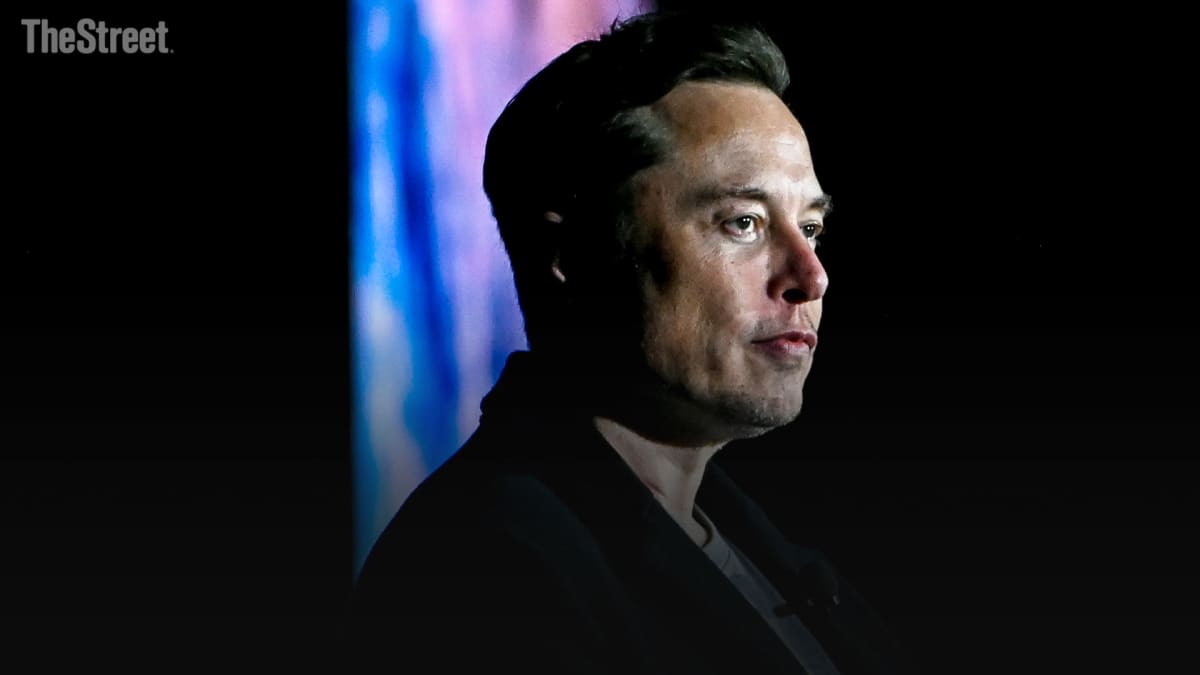
The crisis of confidence in the banking system continues to intensify, despite rescue plans for banks that are showing signs of weakness.
Silicon Valley Bank, (SIVB) a major player in financing tech and biotech startups as well as small businesses, collapsed on March 10 after a run by depositors who were worried about losing all their funds in the event of a bankruptcy. The regulators shut down the bank to avoid a spread of this local crisis.
Don't Miss: SVB: Financier Bill Ackman Rips First Republic Bank Rescue Plan
But it soon became apparent that SVB, which had relied heavily on the startup ecosystem for its customer base and bet badly on long-term interest rates, would not be the only bank in this situation.
Regulators also had to close Signature Bank in New York on March 12, after another bank run. These two failures caused nervousness and distrust of the entire banking system in the U.S. and Europe.
Regional Banks in the Crosshairs of Investors
Regional banks are particularly in the crosshairs of investors, who are unpersuaded by the reassuring signals the banks send about the state of their liquidity.
This indicates that fears of a widespread liquidity problem has become a broader problem of confidence in the banking system. First Republic Bank, (FRC) with a substantial number of wealthy customers in its base, has thus become a target of this defiance.
San Francisco-based First Republic, which has an important municipal-bond portfolio, on March 16 received $30 billion in deposits from 11 banks. Major banks participated in the rescue plan: Bank of America, JPMorgan Chase, Wells Fargo and Citigroup each contributed $5 billion while Goldman Sachs and Morgan Stanley each contributed $2.5 billion.
"This show of support by a group of large banks is most welcome, and demonstrates the resilience of the banking system," the Treasury Department said in a statement.
The question is whether this announcement will help stabilize First Republic Bank, shares of which have fallen 70% since the setbacks of SVB. Few details about the surprise plan have filtered out, which is likely to raise more questions.
On March 12 the Treasury Department, the Federal Reserve and the Federal Deposit Insurance Corp. had announced extraordinary measures. The FDIC guaranteed all of SVB's deposits, even those above $250,000, which is the regulatory limit.
The Fed also created a new loan facility called the Bank Term Funding Program, designed to safeguard institutions affected by SVB's collapse.
The facility provides loans of up to one year in length to banks, savings associations, credit unions, and other eligible depository institutions that pledge U.S. Treasury securities, agency debt, mortgage-backed securities and other qualifying assets as collateral.
These assets will be accepted as collateral at par value, which means at their original value, regardless of the rise in interest rates in recent months. That rate rise has reduced the value of long-term bonds that were purchased when rates were low. The Fed does not want banks to be forced to sell their bonds for big losses.
'Inefficiency of Resource Allocation Databases':
These measures have so far failed to restore calm. Experts are divided.
One solution circulating is for the FDIC to guarantee all deposits in U.S. banks. For entrepreneur Elon Musk, the failure of the extraordinary measures that have been announced is proof that the current financial system is inefficient. Or so the CEO of Tesla (TSLA) indicated in a thread on Twitter.
"The inefficiency of the set of heterogeneous resource allocation databases we call money is astounding," he said in a cryptic message on March 17.
He didn't elaborate, but his message commented on a long tweet from financier Bill Ackman, ripping the First Republic rescue plan because he believes the plan spread that bank's risk to the big banks.
Musk doesn't say what an efficient system would look like. He might mean that it would probably be easier to have a central entity where customers can deposit and withdraw money, rather than a system with multiple entry and exit points. The more points of entry and exit you have, the greater the risk of failure, he might suggest.
Stay tuned.
Receive full access to real-time market analysis along with stock, commodities, and options trading recommendations. Sign up for Real Money Pro now.







